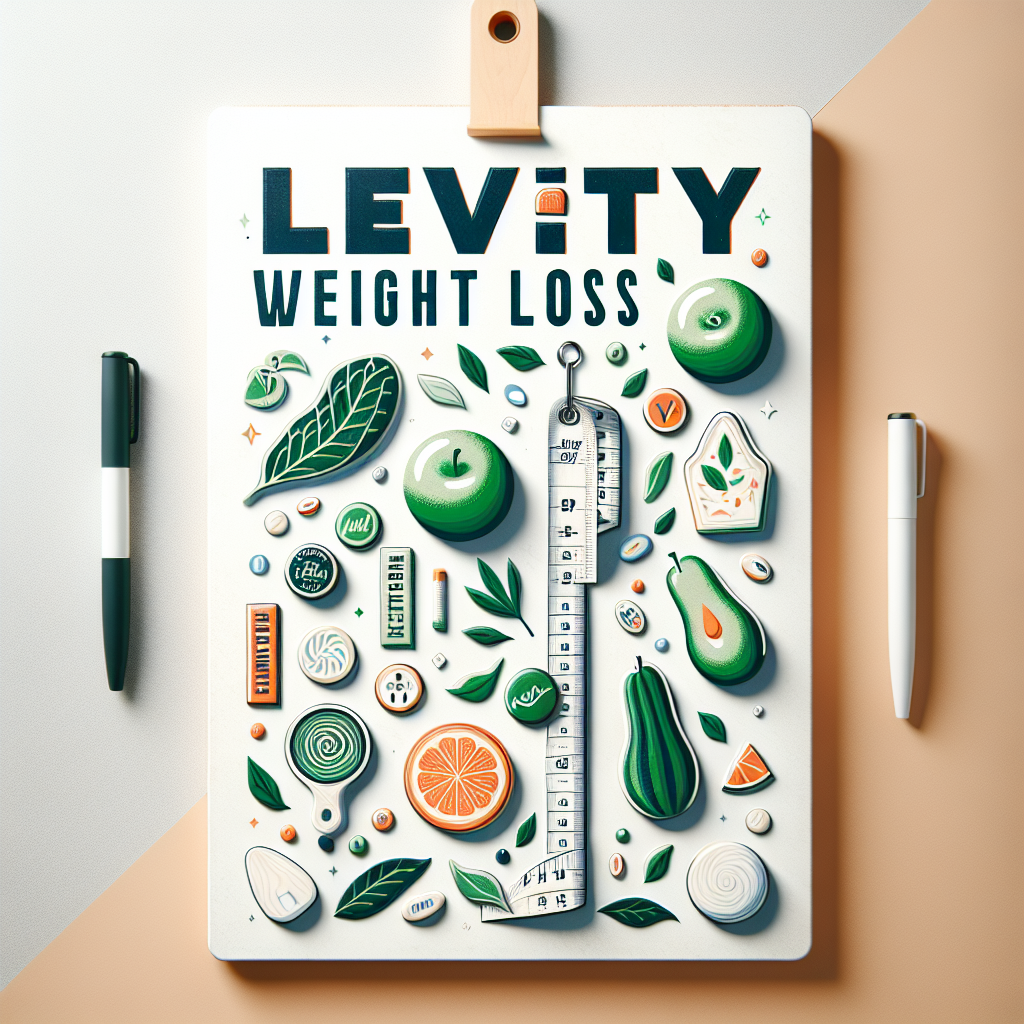levity weight loss
Levity Weight Loss: Why Intermittent Fasting Matters
Intermittent fasting (IF) has become a mainstream tool for weight loss because it’s simple, flexible, and supported by growing scientific evidence. Rather than prescribing specific foods, IF structures when you eat—making it easier for many people to create the calorie deficit needed for weight loss while improving metabolic health markers.
How IF works: the science in brief
When you fast, insulin levels fall and stored fat becomes more accessible for fuel. Lower insulin and increased catecholamines (like norepinephrine) stimulate lipolysis and fatty acid oxidation. Short-term fasting can also increase growth hormone and activate cellular repair pathways (autophagy), which are linked to metabolic resilience. Crucially, weight loss still depends on overall energy balance—IF helps some people eat less by narrowing eating opportunities and improving insulin sensitivity, which can reduce hunger and sugar cravings over time.
Common IF methods (pros and cons)
– 16:8 (fast 16 hours, eat within 8 hours)
Pros: Easy daily routine, good for consistent schedules, supports regular meals.
Cons: May be hard initially for morning eaters or social breakfasts.
– 5:2 (eat normally 5 days, restrict to ~500–600 kcal 2 nonconsecutive days)
Pros: Flexible, fewer fasting days.
Cons: Low-calorie days can feel intense and may trigger overeating on nonfast days.
– Alternate-day fasting (ADF)
Pros: Can produce rapid calorie reduction and weight loss.
Cons: Difficult to sustain, may increase hunger and mood swings; higher dropout rates.
Practical tips for beginners
Start gradually: begin with a 12:12 fast and extend to 14:10 or 16:8 over 2–4 weeks. Prioritize protein, fiber, vegetables, whole grains, and healthy fats during eating windows to support satiety and muscle. Stay hydrated—water, plain tea, and black coffee are fine during fasting. Maintain strength training to protect lean mass and add moderate cardio for calorie burn. Plan meals and social events to fit your chosen window to reduce temptation.
Common challenges and solutions
Hunger: drink water, salt if needed, and distract yourself; hunger often eases after 1–2 weeks. Social events: be flexible—shift your window or plan a mindful meal. Low energy: ensure sufficient calories and electrolytes; if persistent, shorten fasting or consult a professional. Plateaus: track intake, increase protein and strength work.
Who should avoid IF
Not recommended for pregnant or breastfeeding women, people with current or past eating disorders, children, frail elderly, and people with type 1 diabetes or those on insulin/sulfonylureas without medical supervision. Always consult your healthcare provider before starting IF if you have chronic conditions or take medications.
Consistency beats perfection
Intermittent fasting can be a powerful, sustainable tool when matched to your life and goals. Start small, prioritize nutrition and strength, and treat setbacks as learning opportunities. With patience and consistency, small daily choices lead to lasting, levity-filled weight loss success.


